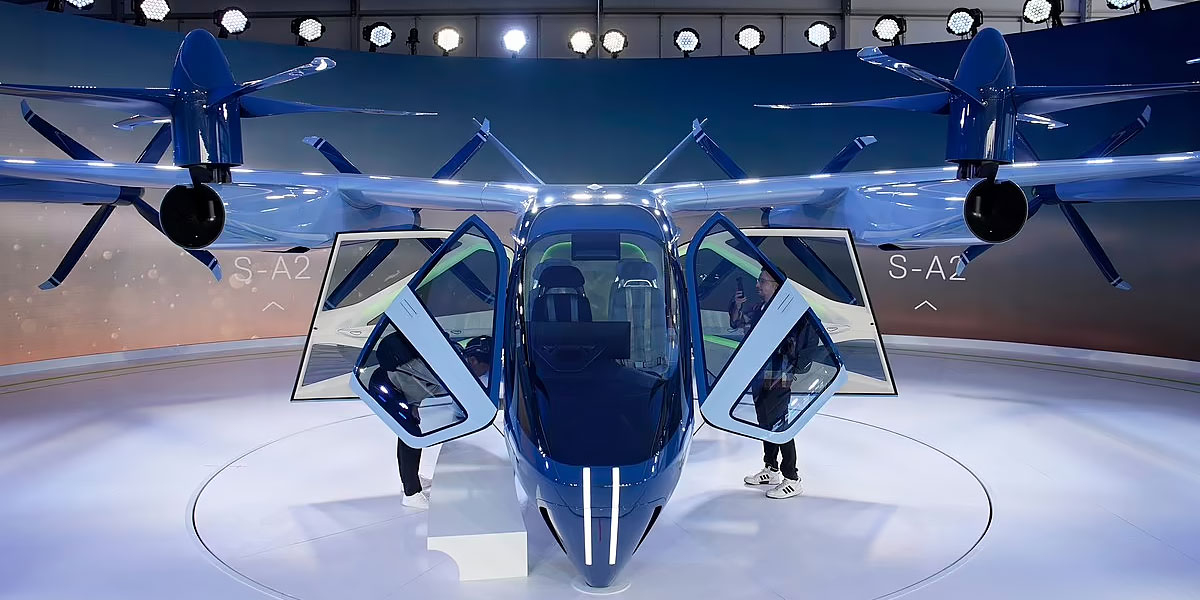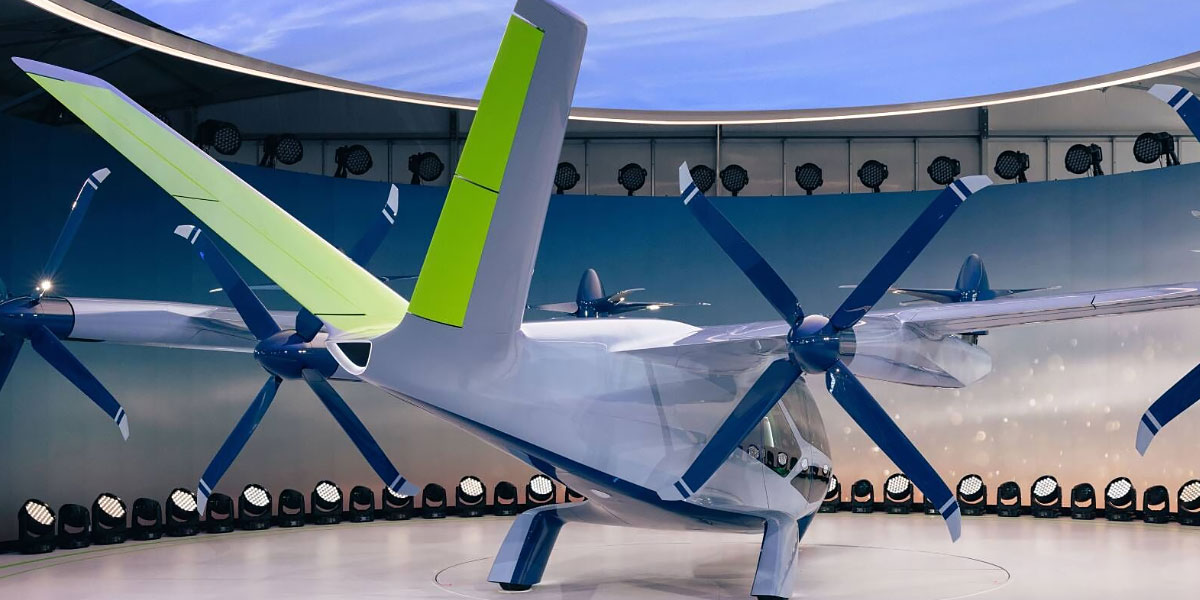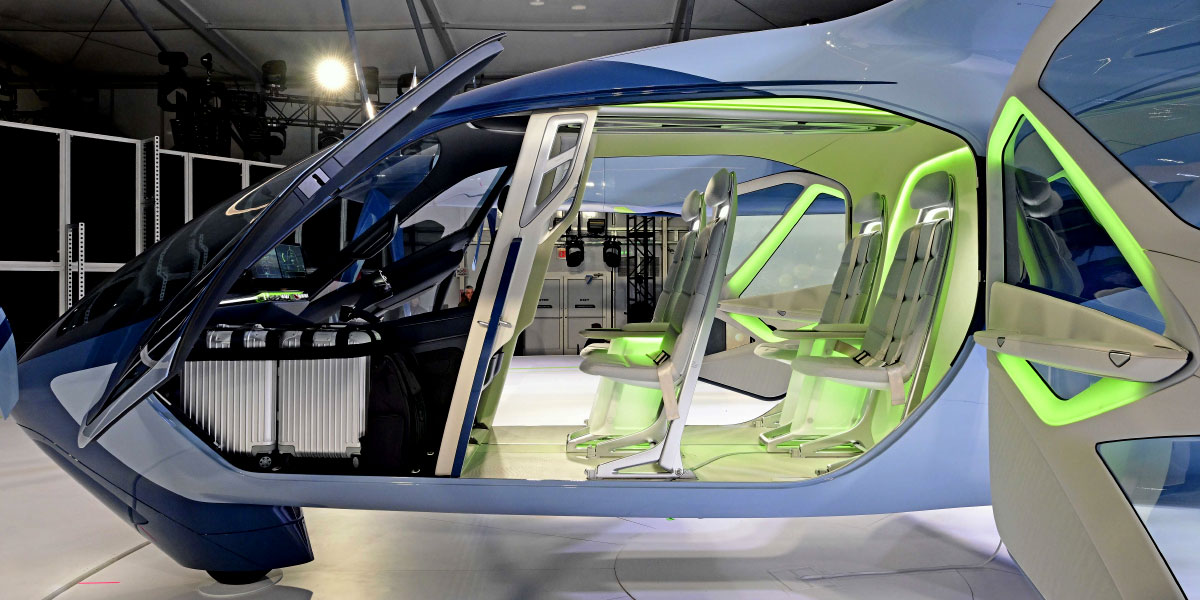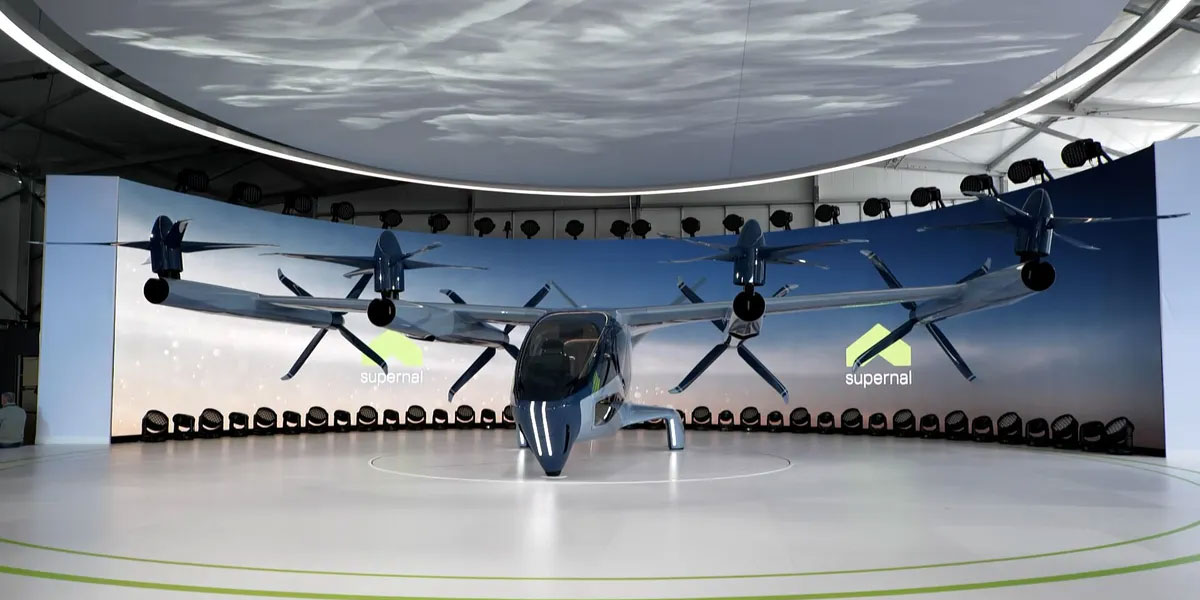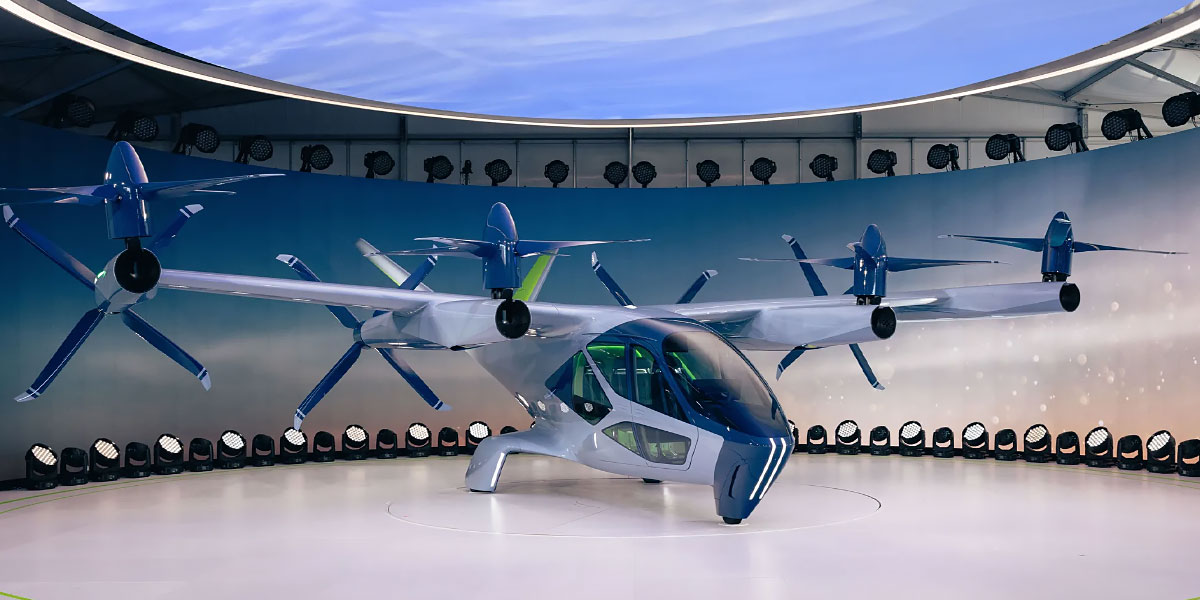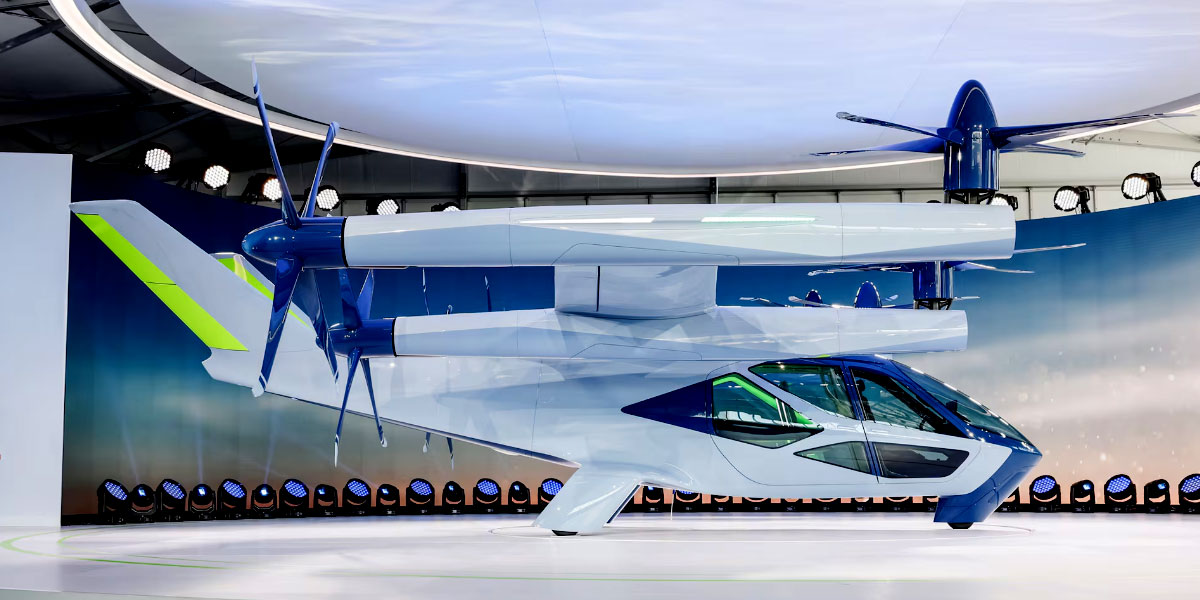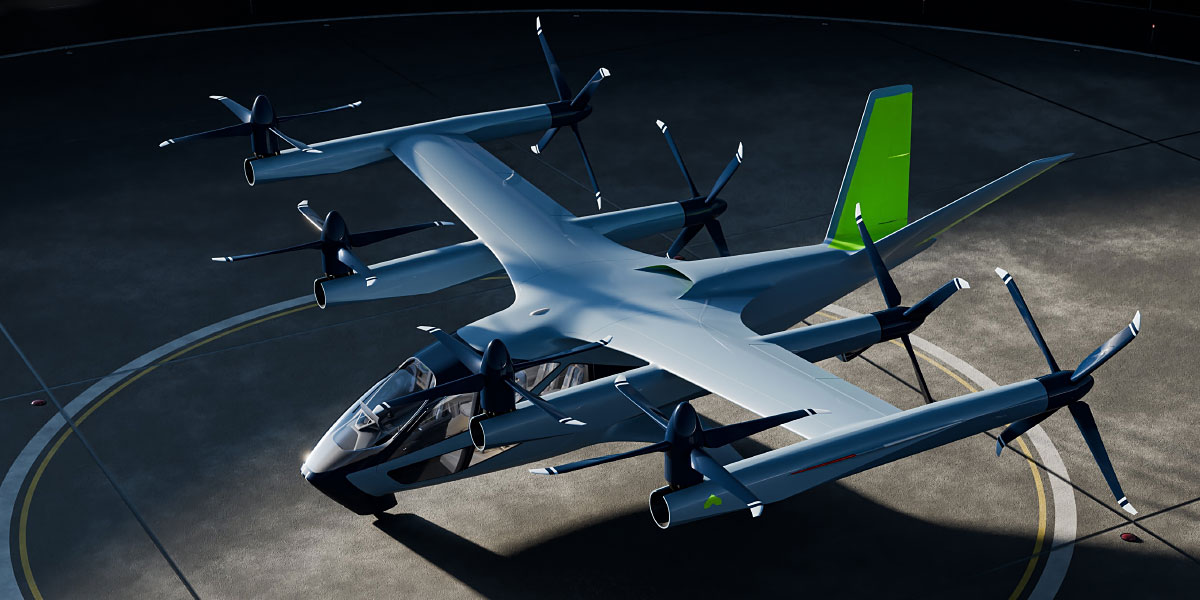Supernal S-A2
User Rating: 3.49 / 5





The Supernal S-A2 is a Hyundai-backed electric vertical takeoff and landing (eVTOL) aircraft built in the USA. It features a top speed of 260 km/h, a 300 km range, modular batteries, and carries 5 passengers with ultra-quiet 45 dB operation.
Starting price: US$ 3000000 *
Technical Specifications:
| manufactured in | USA |
| model year | 2026 |
| flight altitude (m) | 457 |
| flying time (min) | 90 |
| flying range (km) | 300 |
| max. speed (km/h) | 260 |
| weight (kg) | 860 |
| passengers (qty) | 5 |
| cargo capacity (kg) | 400 |
* Minimum price set by the manufacturer, excluding taxes and additional options
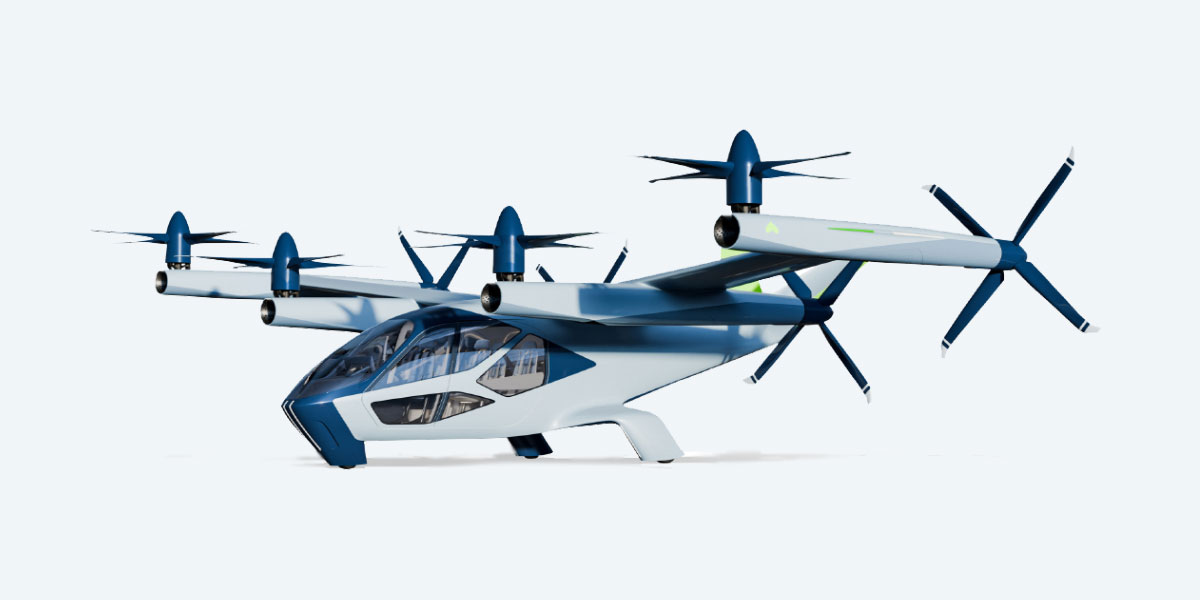
Exterior and Interior photos of Supernal S-A2
Supernal S-A2 Review
Supernal S-A2: The Future of Urban Sky Transit
Forget rush hour. The Supernal S-A2 is Hyundai’s boldest bet on beating traffic by going vertical. Built in the USA and slated for a 2026 debut, this all-electric eVTOL aircraft turns heads with its sci-fi design and serious specs. From a max speed of 260 km/h (161 mph) to a flight range of 300 km (186 miles), it’s clear this isn’t your uncle’s drone. With a USD $3,000,000 price tag (roughly €2,760,000), it’s not for the faint of wallet—but it’s definitely for the future-minded urban pioneer.
Exterior: A V-Tail That Means Business
When was the last time you saw a V-tail in the city? The Supernal S-A2 sports a sleek, aviation-forward silhouette that turns aesthetics into function. Its eight tilting rotors aren’t just for show—they deliver stable vertical takeoffs and nimble transitions to forward flight. Every curve serves aerodynamics, while the color and material split inside hints at Hyundai’s automotive DNA.
Interior: Cabin Class Comforts
Inside, it’s not unlike a luxury sedan that happens to fly. With modular seating for five and a cargo payload of 400 kg (882 lbs), this machine balances form and functionality. The cockpit and passenger areas are intelligently separated, offering both the pilot and passengers clear purpose and privacy in flight.
Performance: Air Mobility with Muscle
- Top Speed: 260 km/h (161 mph)
- Maximum Flight Altitude: 457 meters (1500 feet)
- Weight: 860 kg (1,896 lbs)
- Passenger Capacity: 5 persons
- Cargo Capacity: 400 kg (882 lbs)
Range and Battery Life
- Flying Range: 300 km (186 miles)
- Flight Time: 90 minutes per charge
- Battery System: Modular and upgradable
Forget fossil fuels. The Supernal S-A2 is pushing the electric envelope with a modular battery design that enables swift upgrades without regulatory headaches. It’s a practical nod to sustainability—and smart engineering to boot.
Safety and Engineering
It doesn’t just look safe—it’s engineered to keep flying even when things go sideways. The distributed electric propulsion setup ensures if one rotor drops out, others take the load. That’s not just redundancy; it’s reassurance. From avionics to flight control systems, the S-A2 mirrors commercial aviation protocols, giving it real-world viability from the jump.
Silent Operation in Crowded Skies
At just 45 dB in horizontal cruise, the Supernal S-A2 is quieter than most living rooms. So while it’s soaring overhead, city dwellers can enjoy a coffee without the whirr of chaos. It’s a rare case where quiet speaks volumes.
Conclusion
Pros and Cons of the Supernal S-A2
- Quiet operation (45 dB)
- Modular battery design
- High-speed (260 km/h) and 90-minute flight time
- Advanced safety protocols with distributed propulsion
- Luxury cabin design with flexible cargo/passenger space
- Price tag of $3,000,000 (€2,760,000)
- Regulatory and infrastructure hurdles still exist
- Requires vertiport integration for optimal use
Final thoughts
If you’re chasing the next horizon in urban transport, the Supernal S-A2 offers more than a ride—it’s an aerial experience wrapped in technology, luxury, and purpose. As city skies get crowded, this might just be the way forward—quiet, clean, and sky-bound.
Manufacturer: Supernal
Watch the Video Overview
Comparison:
When it comes to next-gen air taxis, the Supernal S-A2 enters the ring swinging hard. Its blend of luxury car comfort and aviation-grade safety stacks it against a handful of electric vertical takeoff and landing (eVTOL) aircraft vying for urban air supremacy. Let’s see how it fares against rivals like the Joby Aviation S4, Archer Midnight, Volocopter VoloCity, and Vertical Aerospace VX4.
Range
The Supernal S-A2 tops out at a range of 300 km (186 miles), leaving the Volocopter VoloCity in the dust with just 35 km (22 miles). The Joby S4 edges close at 240 km (149 miles), while the Archer Midnight and VX4 both hover near 160–160+ km (100 miles). So, if long urban hauls are your jam, Supernal’s the real deal here.
Acceleration and Speed
The Supernal S-A2 blazes the sky at 260 km/h (161 mph). That’s faster than the Archer Midnight (241 km/h or 150 mph) and Joby S4 (322 km/h or 200 mph top but throttled in city use). The VX4 promises 320 km/h (198 mph), but real-world specs still need proving. On-paper? VX4 and Supernal are neck-and-neck, with Supernal holding the quiet card at 45 dB.
Power and Payload
Payload? Supernal lifts 400 kg (882 lbs), leaving the VoloCity limited at 200 kg (440 lbs). Archer Midnight manages 450 kg (992 lbs), and Joby S4 is rumored around 500 kg (1,102 lbs). But factor in cabin design and modularity? Supernal still packs serious credibility for urban fleet operations.
Charging Time / Flight Duration
The S-A2 flies for 90 minutes—roughly twice the airborne time of Archer or Volocopter, both tailored for 20–30 minute city hops. Joby claims 1+ hour flight time, but battery swap or fast-charging isn’t as seamless as Supernal’s modular upgrade path. That’s a major edge for fleet uptime and tech evolution.
Price
At $3,000,000 (€2,760,000), the Supernal S-A2 flies in luxury pricing airspace. Compare that to the Joby S4 ($1.3M est.), VX4 ($1.5M est.), and Archer Midnight ($1.2M est.)—you’re definitely paying more for refinement, quiet, and modularity. For government-backed fleet buyers or premium air taxi operators, the delta might just be worth it.
F.A.Q.:
What is the flying range on a single charge?
The Supernal S-A2 offers a flying range of up to 300 kilometers (186 miles), making it ideal for intra-city and regional commutes.
How long can it stay airborne per charge?
The Supernal S-A2 can fly continuously for up to 90 minutes, offering extended air mobility without mid-route interruptions.
What is the top speed of this electric air taxi?
The eVTOL reaches a maximum speed of 260 km/h (161 mph), providing swift transit across metropolitan areas.
What is the altitude capability of this eVTOL?
It can reach a flight altitude of 457 meters (1,500 feet), designed specifically for safe urban air mobility corridors.
What is a modular battery system in eVTOLs?
A modular battery allows for simple replacement or upgrading of power units without needing full aircraft recertification, extending lifespan and reducing downtime.
What is the price of a Supernal S-A2?
The Supernal S-A2 is priced at $3,000,000 (approximately €2,760,000), placing it in the premium range for eVTOL aircraft with advanced features.
How many people can it carry?
The cabin supports five passengers and up to 400 kg (882 lbs) of cargo, making it suitable for small group transport or air taxi operations.
Is it safe to fly with only electric rotors?
Yes, the distributed electric propulsion system ensures redundancy—if one rotor fails, others compensate to maintain control and safe descent.


